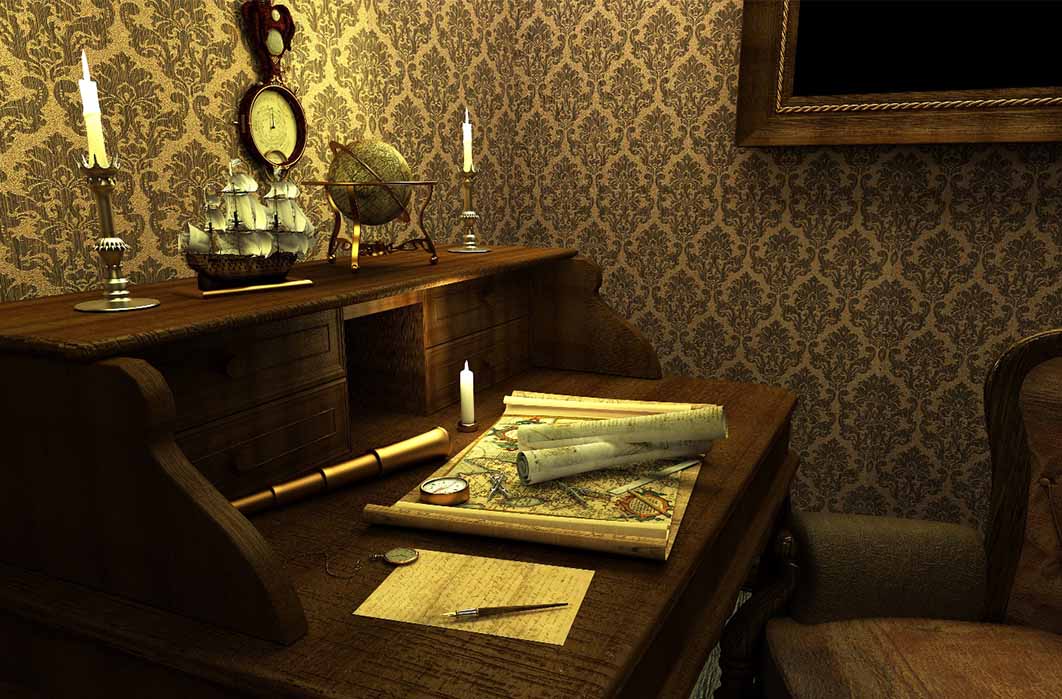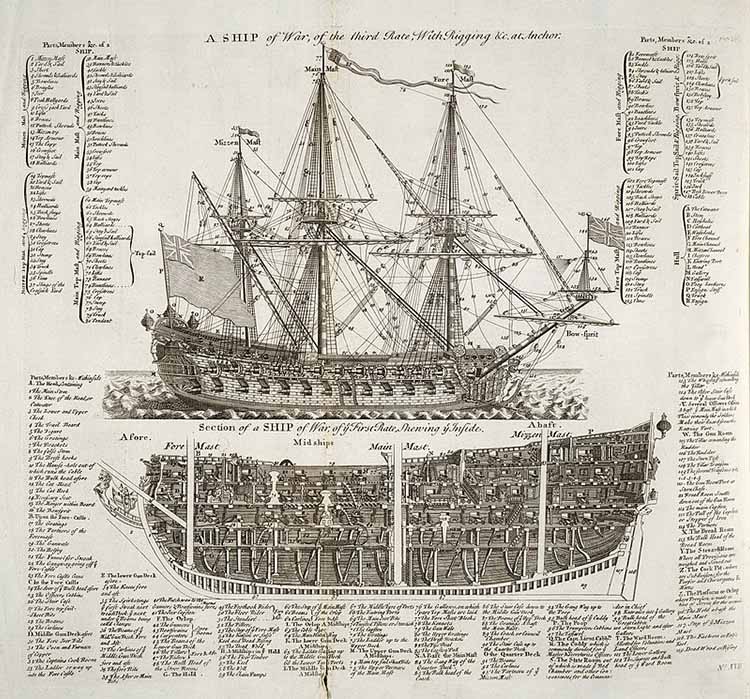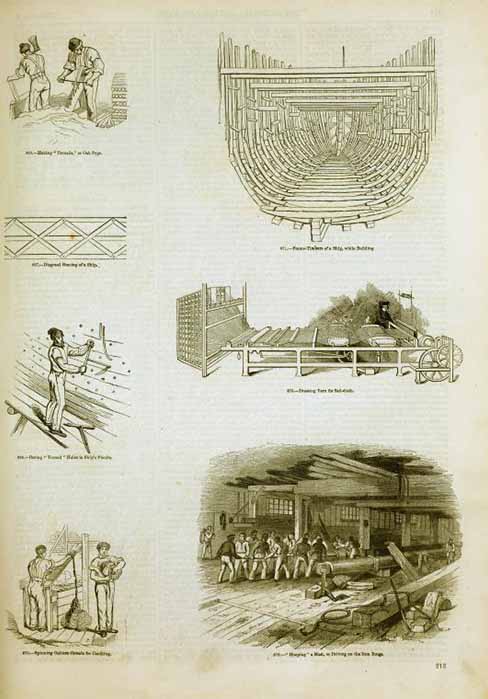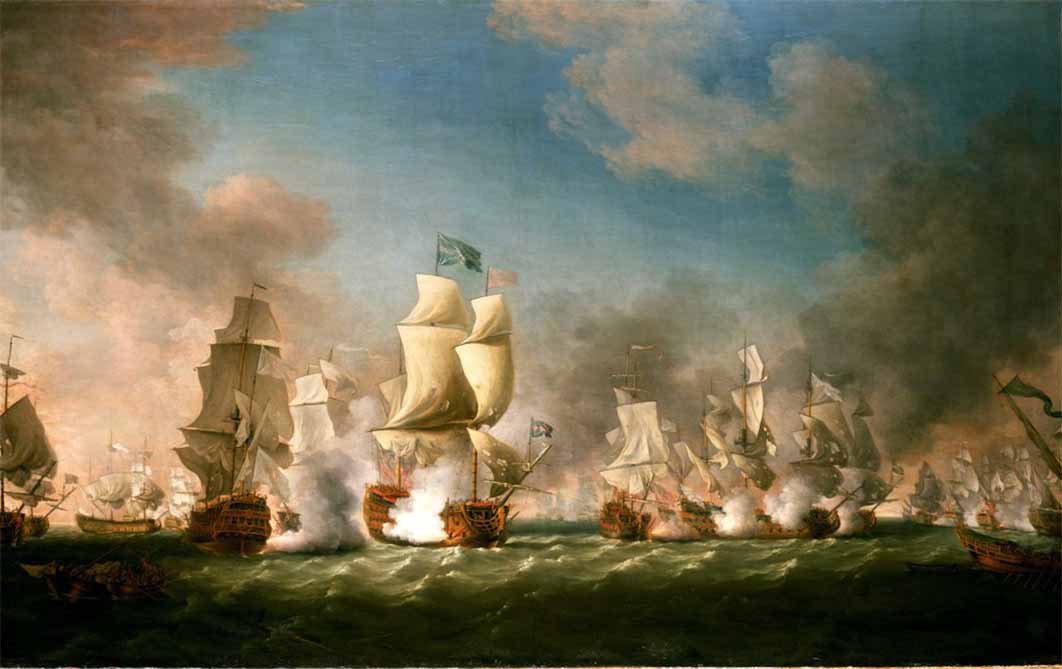
Two Centuries Of Naval Espionage In Europe
The crucial role of intelligence among the various royal navies of Europe during the 17th and the 18th centuries cannot be underestimated. Since naval warfare was a very powerful weapon during these centuries, as indeed it is today, it is no wonder that many naval architects, such as Deane and Chapman, as well as designers of various kinds, and even skilled workers were kept under surveillance by naval and military espionage. A historian of the 1800s remarked, "The design of the ships remained a jealously guarded secret until the great thirst for knowledge of the 1600s leveraged to open up the old era. The mystery was based on technical knowledge and practical experience."

Diagram of a warship "A SHIP of War, of the third Rate" and "Section of a SHIP of War, of the first Rate" Cyclopaedia 1728, Vol 2 (Public Domain)
This espionage activity on naval projects may certainly not have attracted major attention in the formal annals of history, but it was certainly ongoing, as evidenced by documents and letters exchanged between leading figures of European governments, particularly between Spain, England, and France.
In times of peace between two, perhaps historically adversarial nations, it was common practice to send technicians and other naval professionals to an ally’s shipyards for personal training and cultural exchanges. These were golden opportunities for military spies. When these exchanges took place between equally matched superpowers, such as France and England for example, espionage and counterintelligence were so active and constant that it was impossible to prevent leakage of information. Nations generously pretended to accommodate foreign naval architects and engineers with the secret aim to identify those who were the most intelligent and innovative, and who could raise naval science to excellence, pinpointing them as targets for observation, or recruiting. Russia’s Peter the Great accelerated his navy’s growth by recruiting and employing foreign builders, shipowners, commanders, architects and even admirals.

Illustration of some shipbuilding methods in England (1858) (Public Domain)
Information Becomes Intelligence
There is a difference between information and intelligence. Information consists of a large amount of data, perhaps even raw data, devoid of analysis and even relationships. Information may be about the enemy itself, but also about the geography and meteorology of the battlefield, or other data related to military and diplomatic affairs. Moreover, the information can be both true and false, positive or negative. Intelligence activity evaluates, verifies, analyses and interprets the information that is collated. Reliability, provenance, and accuracy are established before data is analysed and interpreted. Intelligence is divided into two types: tactical intelligence and strategic intelligence. The former type deals with the location of conflict while the latter has broader purposes such as geopolitics and management of possible tensions between two governments.

The Battle of Cape Passaro, (1718) showing broadside and rake fire naval tactics, by Richard Paton (Public Domain)




